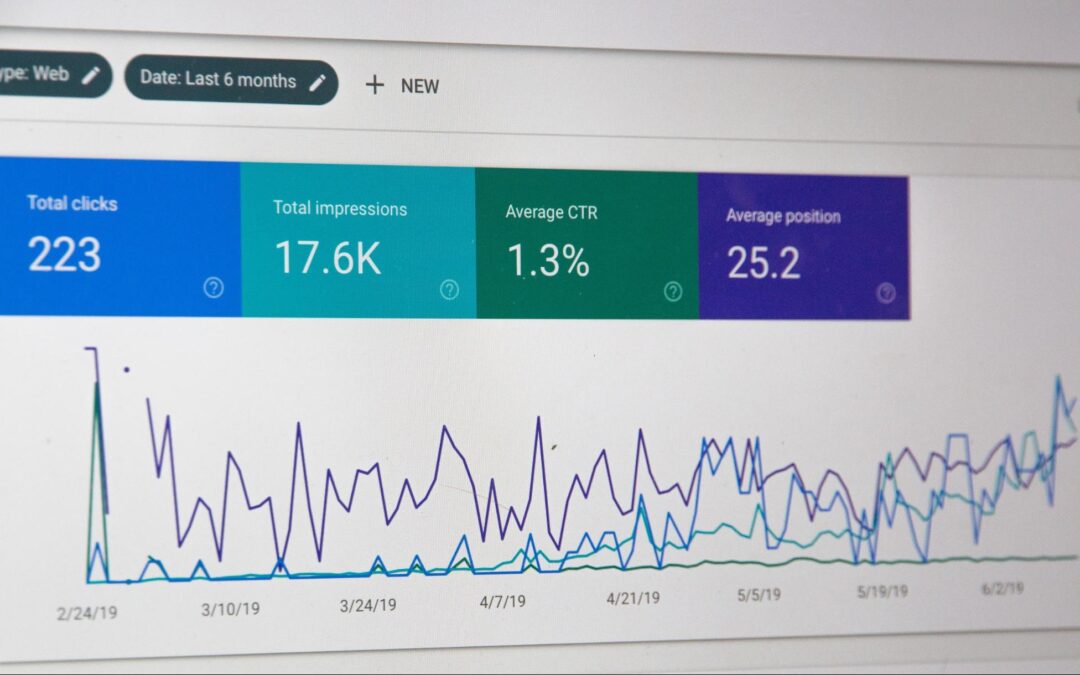So, you’re trying to bring attention to your website, and for good reason. It seems like everyone’s competing for top ranking in Google searches (probably because they ARE), and you’ve got to get in on the game. Want your website to be competitive with others? Incorporate these basic SEO tips into every blog post before you hit publish.
#1 Keyword Research is Just the Beginning
Before you do anything, you’ve got to figure out which keywords your audience is using when they search. Based on your business, make a list of the topics you’d like to cover in your blog posts, and then, for each of these topics, make a list of potential keywords. Research these terms and see what pops up on Google.
You’ll want to make sure that you use long-tail keywords, which are specific 3-4 word phrases that your audience would type into a Google search. These longer keywords, like “tips for incorporating SEO long-tail keywords” will be easier to rank for, unlike something vague like the single word “SEO.”
Be sure to incorporate these exact keywords into the blog article content without overdoing it. Google will penalize those who overfill their articles with keywords, and readers will be turned off and may click away.
#2 Be Intentional About the Title of Your Post
Your title is very important when it comes to search rankings. Google and your audience will get an idea of what your post covers by that title, so it’s important to use your primary target keyword in your title and be sure that it’s straight to the point. Don’t be metaphorical or vague in this title. Instead, tell your audience (and Google) exactly what they’re getting before they click.
#3 Incorporate Useful Headings
Not only do headings help you keep the focus, structure, and organization of your blog post on point (your readers will appreciate this), but they also help with “readability” and Google ranking.
Search engines will scan them to find out what your blog post is about, so you’ll want to make sure you are intentional about what you write. As with the title of your blog post, be straightforward and specific with your headings, and try to incorporate the keywords you’ve found into them as well.
#4 Incorporate Keywords into Image Text
You may be surprised to find out that the text that you incorporate into the caption boxes below and behind your images can and will make a difference when search engines are scanning your page. After you upload your header, footer, and hero images to your article, give your image a name that incorporates the keyword. Do the same with the section called “alt text.”
#5 Incorporate the Keyword in Your URL
Sensing a theme here? The URL for your page can and should include a target keyword as well. You are able to customize this URL, so take advantage of this “gimme.” Like the strategies above, this one will also be a factor when search engines scan your page.
#6 Focus on Article Length
Some might suggest that the longer the article, the better. However, this just isn’t the case. Yes, Google does favor longer articles, but if it’s too long, you might struggle with keeping the reader’s attention. So, what’s the bare minimum? Be sure to write more than 300 words. After that, just be sure that you’re providing length because you have something important to say, not just for the sake of having more words.
#7 Link to Other Content

You might have some previous content with a similar or related topic that you’ve written previously. And since Google loves when articles link to other articles, you’ll enhance your ranking by linking to them. This will also lend you more credibility on the subject and provide your readers with convenient information that they may be searching for without having to leave your site, which is never a bad thing.
#8 Write a Strong Meta Description
Draw attention to the quality of your post by writing a strong description of the overall post itself. You don’t get more than a few short sentences, so make them count. Unfortunately, this does not make a difference when it comes to search engine rankings. However, if it means the difference between readers choosing you or some other site, you’ll be glad you did.
#9 Use a Plugin that Guides You on Readability and SEO

If you’re using WordPress, you’ll have access to Yoast SEO plugin for free. This tool allows you to see, as you write your post, what is affecting your readability and SEO optimization both negatively and positively.
For example, if you forgot to add keywords to your alt text behind your images, this plugin will tell you. If you’ve been doing well on incorporating your keywords, it will tell you that too! This is an invaluable way to make sure you’re optimizing correctly.
To learn more about this plugin, click here.
Step Into the Intimidating World of SEO with Confidence!
Although the tips above may seem a tad overwhelming, you’ll find that it all gets easier and more intuitive as you write more and more blog posts. In a world where Google rank equals more business, it’s too important to ignore.
So jump right in and get started with confidence. You’ll be glad you did!
Want to Learn How Your Marketing Stacks Up?
To learn how your online efforts compare to what’s working NOW, take my quick marketing audit today! Let’s see if your business is a good candidate for getting more appointments with our
Rapid-Deployment Customer Attraction Systems.
Claim your FREE ExpertStatusMarketing Audit TODAY!


